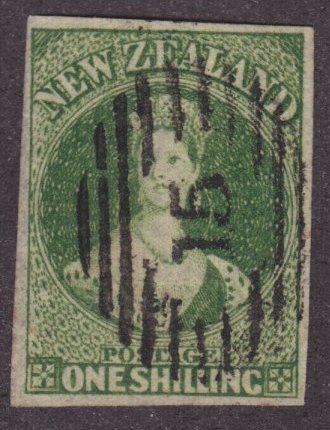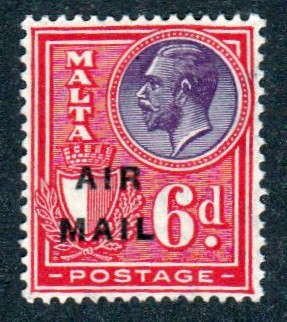
Discussion - Member to Member Sales - Research Center

Discussion - Member to Member Sales - Research Center

I am not sure if I showed these stamps previously
The stamp on the left is definitely a different colour in the main vignette than the one on the right. It looks like the darker brown colour has not been added.
I have another one, but will have to do some searching to find it
Were there printings on different papers that would account for it?
Regards
Horamakhet




Login to Like
this post
There were two types of paper, Wiggins Teape and KP5D, but I know very little about this era.

Login to Like
this post
Hi Horamakhet
The stamp was issued on two types of paper, Wiggins Teape (issued 1971) and KP5D (issued 1973), both incorporating Helecon.
What is KP5D? - From 1964 to 1971 stamp papers were produced to reflect the quality of the reproduction and the Post Office requirements relating to the facer cancelling machines. Technical printing problems relating to the clarity of the finished print had to be solved when phosphorescence was introduced into the paper.
In 1964 experiments and trials conducted by Samuel Jones at their Keon Park, Victoria factory resulted in the acceptance of KP5D (Keon Park Fifth Trial Making, Sample D).
Both stamps were printed using blue, orange, brown and sepia ink. The difference in shading is due to the type of paper used.
The coarser paper is Wiggins Teape resulting in a darker shade of colour, the KP5D having a smoother texture will have the lighter shade.
Rob

1 Member
likes this post.
Login to Like.
Yes Franz, you did show these before 
https://stamporama.com/discboard/disc_main.php?action=20&id=21234

Login to Like
this post
Hi to all
Thank you all for the information, and thanks Jillcrow for the link to my original post.
I am going bleary eyed at the moment sorting stamps,
It looks like it will be quite a while to the world retains to sanity
Regards
Horamakhet

Login to Like
this post

Hi to all
I am not sure if I showed these stamps previously
The stamp on the left is definitely a different colour in the main vignette than the one on the right. It looks like the darker brown colour has not been added.
I have another one, but will have to do some searching to find it
Were there printings on different papers that would account for it?
Regards
Horamakhet




Login to Like
this post

re: ABORIGINAL ART 1971
There were two types of paper, Wiggins Teape and KP5D, but I know very little about this era.

Login to Like
this post
Member ACCC (Australian Commonwealth Collectors Club of NSW)
21 Jul 2020
06:11:56pm
re: ABORIGINAL ART 1971
Hi Horamakhet
The stamp was issued on two types of paper, Wiggins Teape (issued 1971) and KP5D (issued 1973), both incorporating Helecon.
What is KP5D? - From 1964 to 1971 stamp papers were produced to reflect the quality of the reproduction and the Post Office requirements relating to the facer cancelling machines. Technical printing problems relating to the clarity of the finished print had to be solved when phosphorescence was introduced into the paper.
In 1964 experiments and trials conducted by Samuel Jones at their Keon Park, Victoria factory resulted in the acceptance of KP5D (Keon Park Fifth Trial Making, Sample D).
Both stamps were printed using blue, orange, brown and sepia ink. The difference in shading is due to the type of paper used.
The coarser paper is Wiggins Teape resulting in a darker shade of colour, the KP5D having a smoother texture will have the lighter shade.
Rob

1 Member
likes this post.
Login to Like.
04:35:46am
re: ABORIGINAL ART 1971
Yes Franz, you did show these before 
https://stamporama.com/discboard/disc_main.php?action=20&id=21234

Login to Like
this post

re: ABORIGINAL ART 1971
Hi to all
Thank you all for the information, and thanks Jillcrow for the link to my original post.
I am going bleary eyed at the moment sorting stamps,
It looks like it will be quite a while to the world retains to sanity
Regards
Horamakhet

Login to Like
this post


